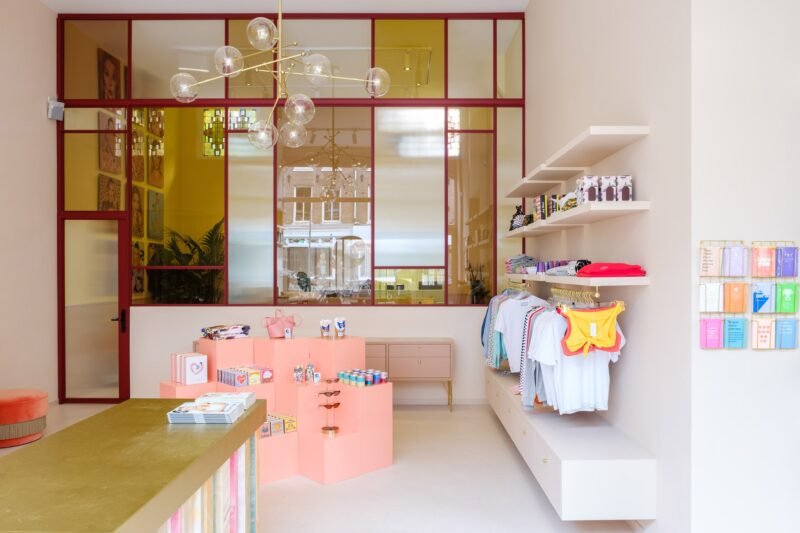How The Facebook Generation Starts A Design Office
An interesting development in the world of architecture and design are new types of experimental offices. Traditional firms are slowly being replaced by new architecture start-ups and old fashion 20th century thinking is replaced by a fresh 21st century approach. The new office is no office!
Let’s start figuring out what the traditional architecture office looks like these days. Likely one or two partners have founded the office and give name to the office themselves in most occasions. Nevertheless, sometimes they use an abbreviation or letter combination of their names, and sometimes they even come up with a totally new name, for instance something with ‘arch’ in it, or a monosyllabic noun. In their strive for fame they collect staff and badly paid interns around their ego to handle AutoCAD issues, make renderings and find out how the plotter works at the office. The office is a very light single room open space in a former industrial area with a high ceiling containing young people silently sitting behind their desks. Innovative architecture start-ups of all different sorts try to find alternatives for this 20th century practice. Since working in the cloud as become possible, many of them try to get rid of the office as a central space, searching for new ways of less hierarchic collaboration, and becoming internationally oriented even before their first assignment.

The modern office is in the cloud. This not only means that a central server has become superfluous, but also that people do not necessarily have to sit opposite each other from 10 to 21 (architecture office hours). The new office seeks to be a network of collaborative partners meeting each other when necessary. Sometimes they consist of networks of freelancers offering a collective package deal to big clients. Sometimes they work in a cooperative context, and sometimes they are a global network of collaborative cells, such as the Office of Subversive Architecture (OSA).
Most stunning are the new offices that are built upon the possibilities of international connections. A couple of fresh graduates start a new office, but they all live in a different metropolitan areas. One of them lives in London, the others in Berlin, New York and/or Paris. This way the office has partners in different important world cities and is able to connect with potential clients on a personal level in all of these cities. When someone gets a job they all work together on it from their own base. When necessary, for instance in the final stage of the project, they might come together to do some traditional team work. All of them do not rent an office space, but a single desk in another office with over-capacity. This way they all have access to traditional office equipment, such as coffee, printing facilities, a meeting room, and even colleagues. All in all a great symbiosis between the old-fashioned office in decline and the new ‘parasite office’.
Although this practice is hot and I heard some good stories from people doing or trying to work this way, it is still complex to start an international office that is ‘in the cloud’. In the first place because of the administrative legislation. Each office needs to be officially located in a single country in order to pay its taxes. The same complication arises when dealing with collaborative bank accounts and insurances. Nevertheless, it is an interesting an appealing future scenario. We are really interested in stories and experiences of new style design offices. If you know some, please drop us a line.
[adrotate banner=”7″]



